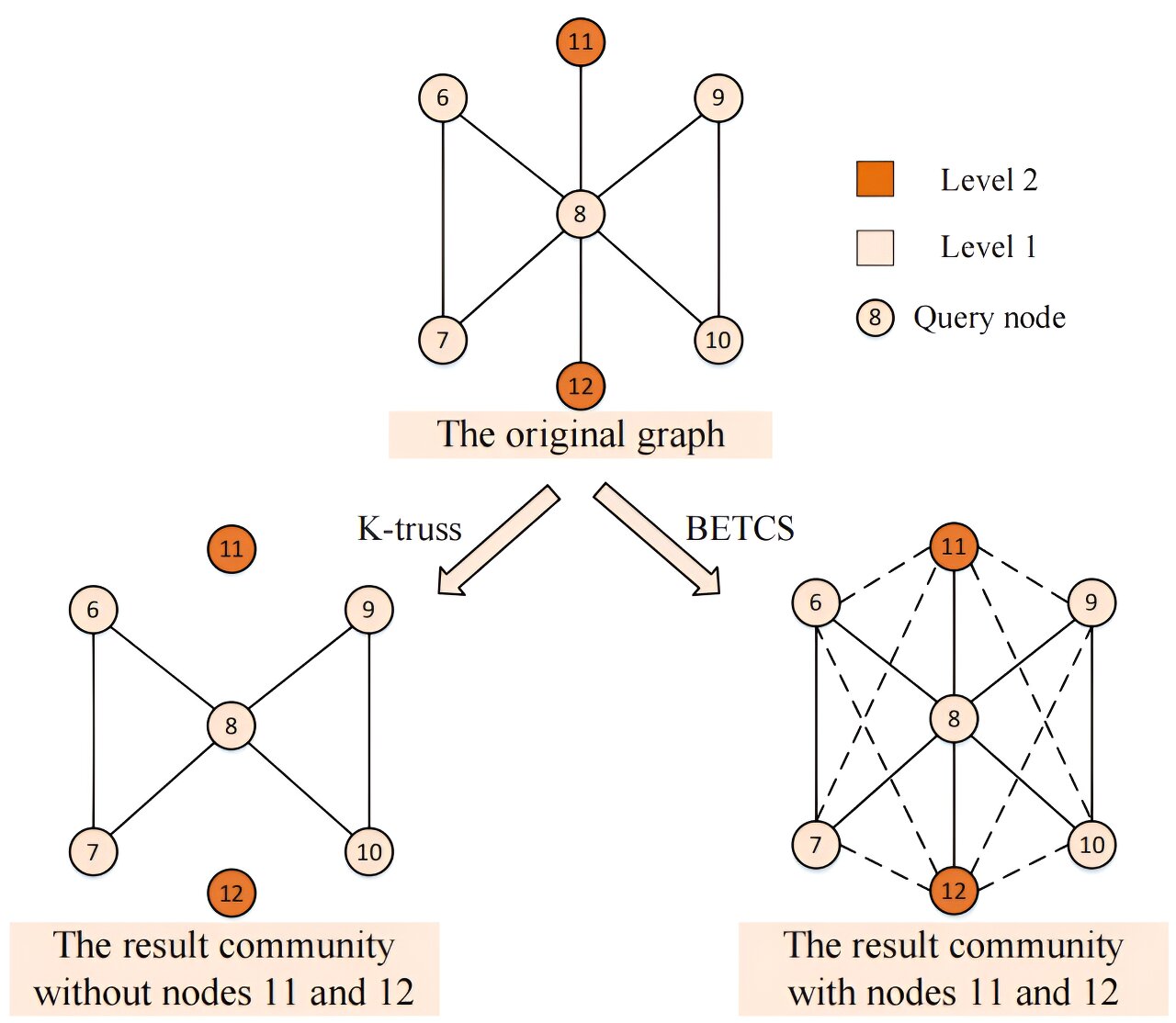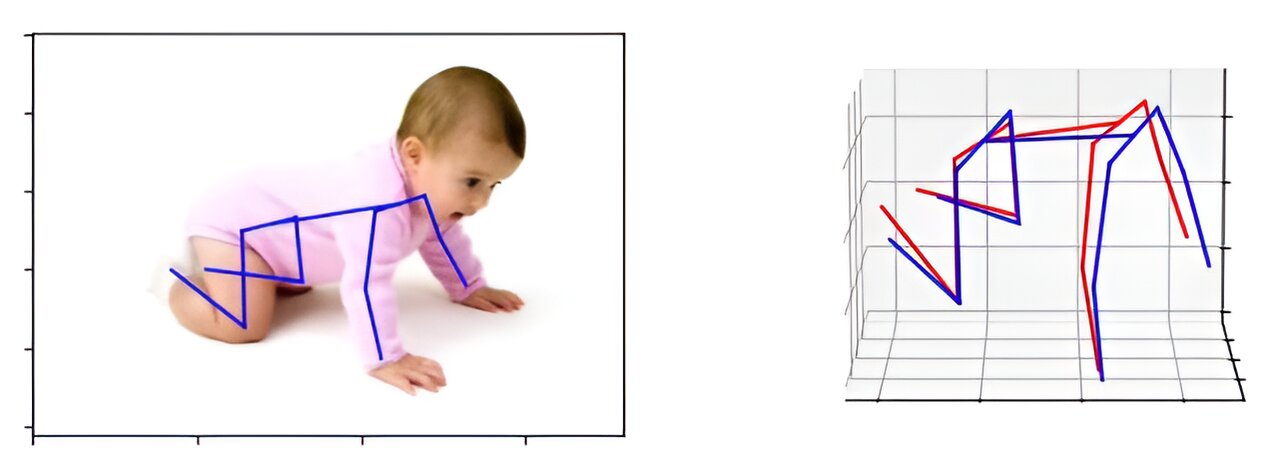Team proposes Python-based library for large-scale graph neural network recommendations
Graph neural networks (GNNs) have gained widespread adoption in recommendation systems. When it comes to processing large graphs, GNNs may encounter the scalability issue stemming from their multi-layer message-passing operations. Consequently, scaling GNNs has emerged as a crucial research area in recent years, with numerous scaling strategies being proposed.
phys.org : computer-sciences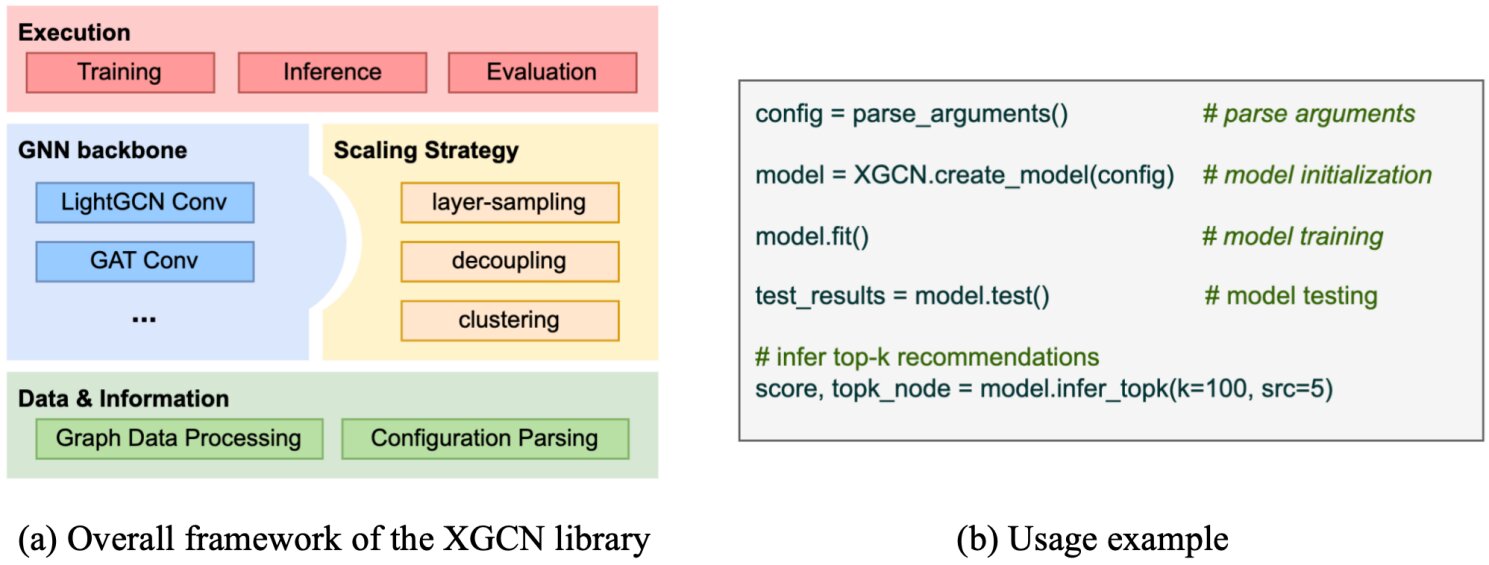
Simultaneous performance improvement and energy savings with an innovative algorithm for 6G vision services
Professor Jeongho Kwak's from the Department of Electrical Engineering and Computer Science at DGIST has developed a learning model and resource optimization technology that combines accuracy and efficiency for 6G vision services. This technology is expected to be utilized to address the high levels of computing power and complex learning models required by 6G vision services.
phys.org : computer-sciences
Brain-inspired chaotic spiking backpropagation
Since it was discovered in the 1980s that learning in the rabbit brain utilizes chaos, this nonlinear and initially value-sensitive dynamical behavior has been increasingly recognized as integral to brain learning.
phys.org : computer-sciences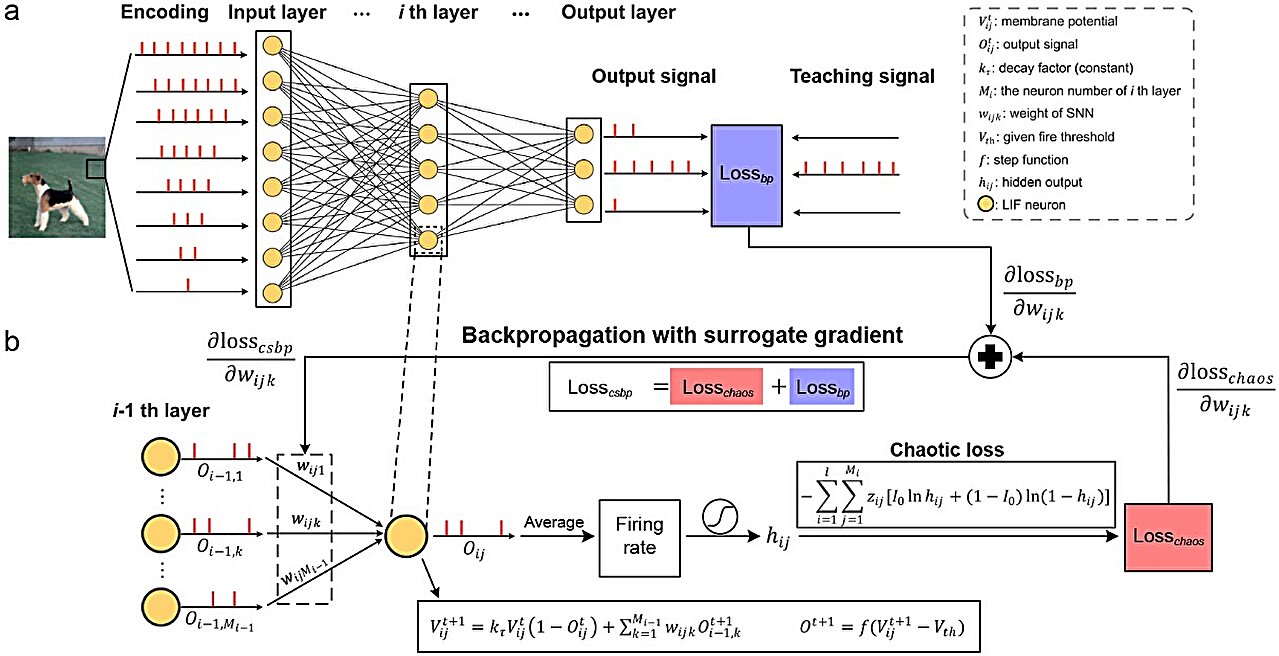
DeepMind develops SAFE, an AI-based app that can fact-check LLMs
A team of artificial intelligence specialists at Google's DeepMind has developed an AI-based system called SAFE that can be used to fact check the results of LLMs such as ChatGPT. The group has published a paper describing the new AI system and how well it performed on the arXiv preprint server.
phys.org : computer-sciences
Artificial intelligence boosts super-resolution microscopy
Generative artificial intelligence (AI) might be best known from text or image-creating applications like ChatGPT or Stable Diffusion. But its usefulness beyond that is being shown in more and more different scientific fields.
phys.org : computer-sciences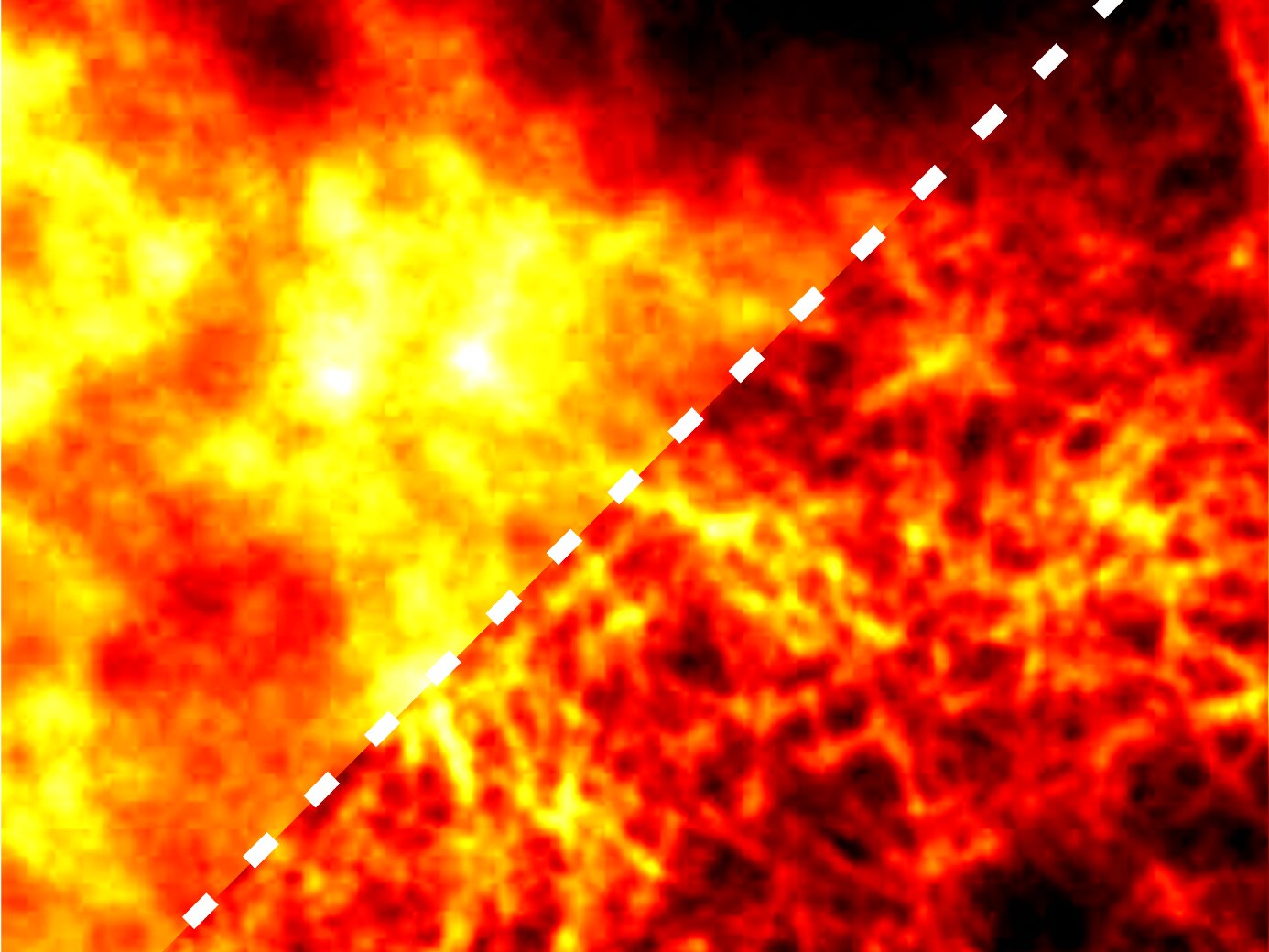
How long before quantum computers can benefit society? That's Google's US$5 million question
Google and the XPrize Foundation have launched a competition worth US$5 million (£4 million) to develop real-world applications for quantum computers that benefit society—by speeding up progress on one of the UN Sustainable Development Goals, for example. The principles of quantum physics suggest quantum computers could perform very fast calculations on particular problems, so this competition may expand the range of applications where they have an advantage over conventional computers.
phys.org : computer-sciences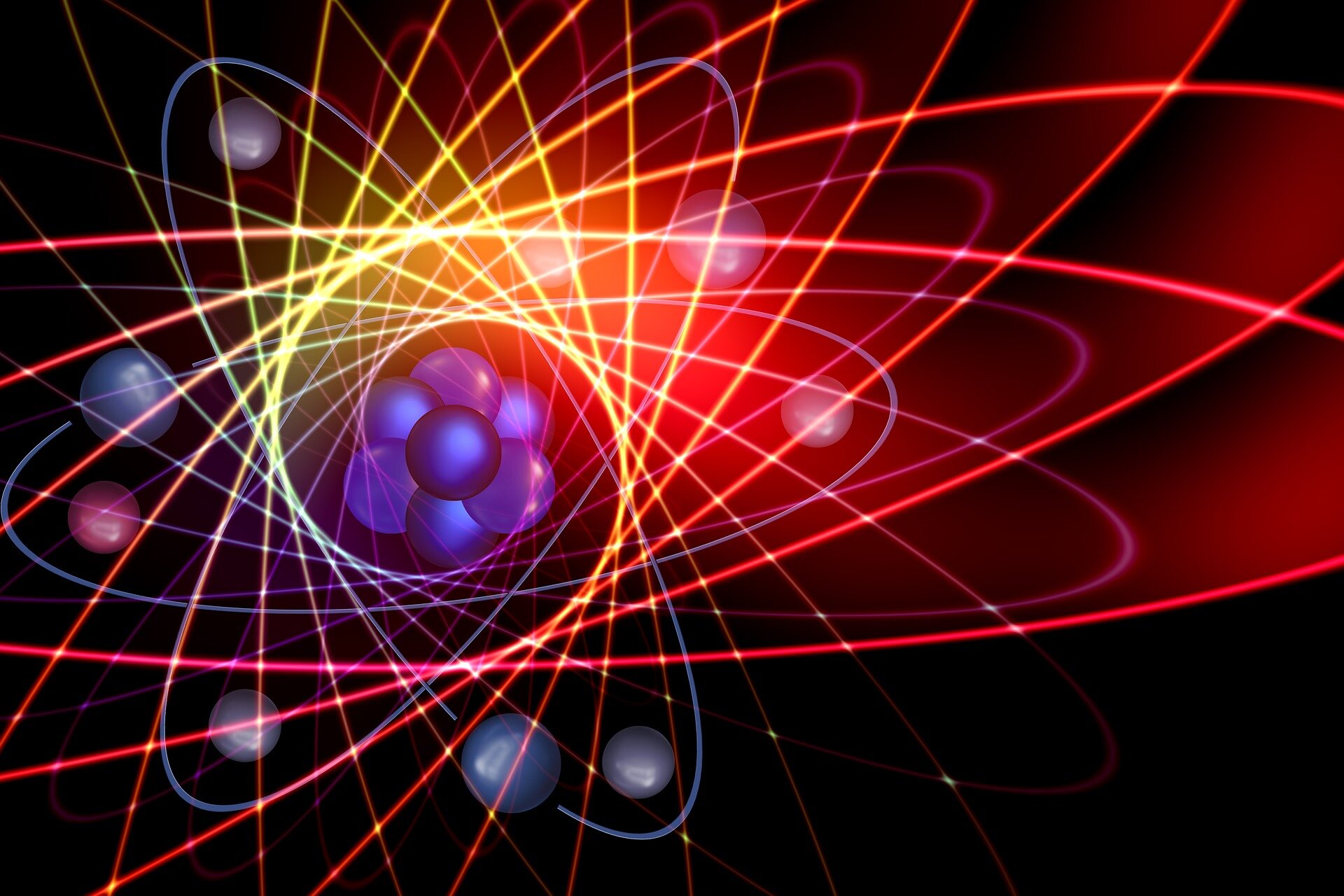
New software enables blind and low-vision users to create interactive, accessible charts
A growing number of tools enable users to make online data representations, like charts, that are accessible for people who are blind or have low vision. However, most tools require an existing visual chart that can then be converted into an accessible format.
phys.org : computer-sciences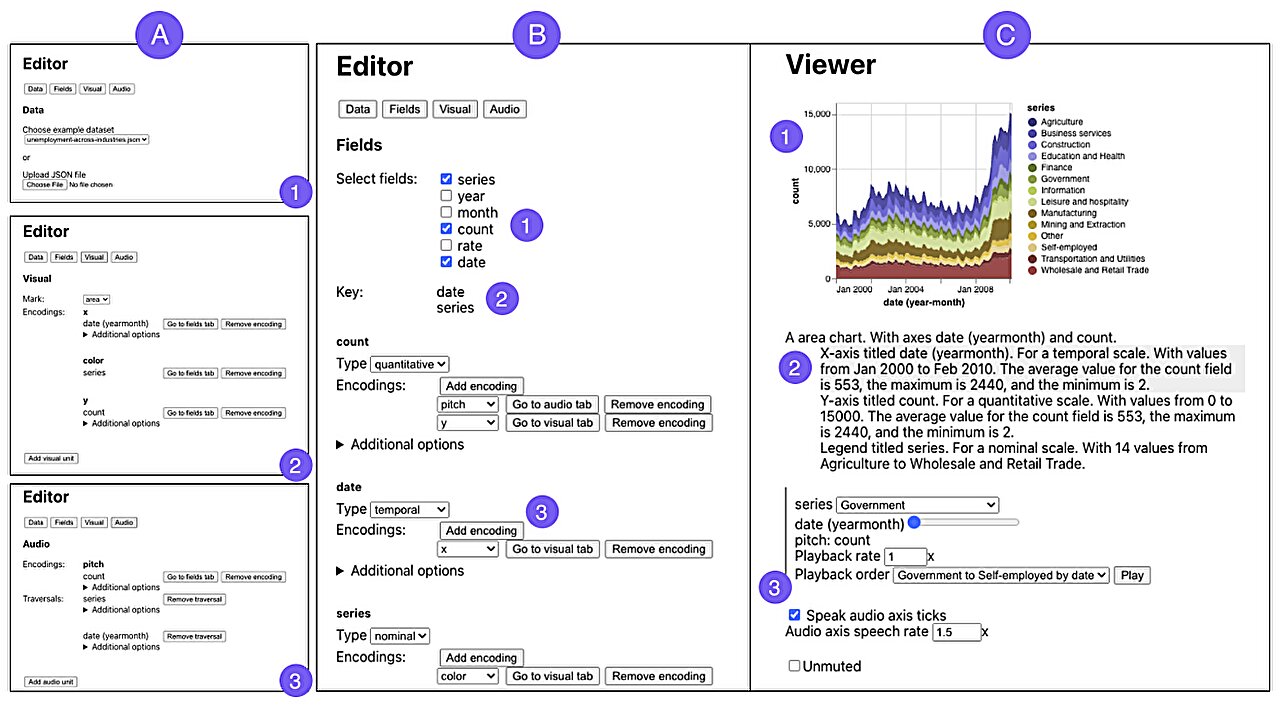
How AI and a popular card game can help engineers predict catastrophic failure by finding the absence of a pattern
Humans are very good at spotting patterns, or repeating features people can recognize. For instance, ancient Polynesians navigated across the Pacific by recognizing many patterns, from the stars' constellations to more subtle ones such as the directions and sizes of ocean swells.
phys.org : computer-sciences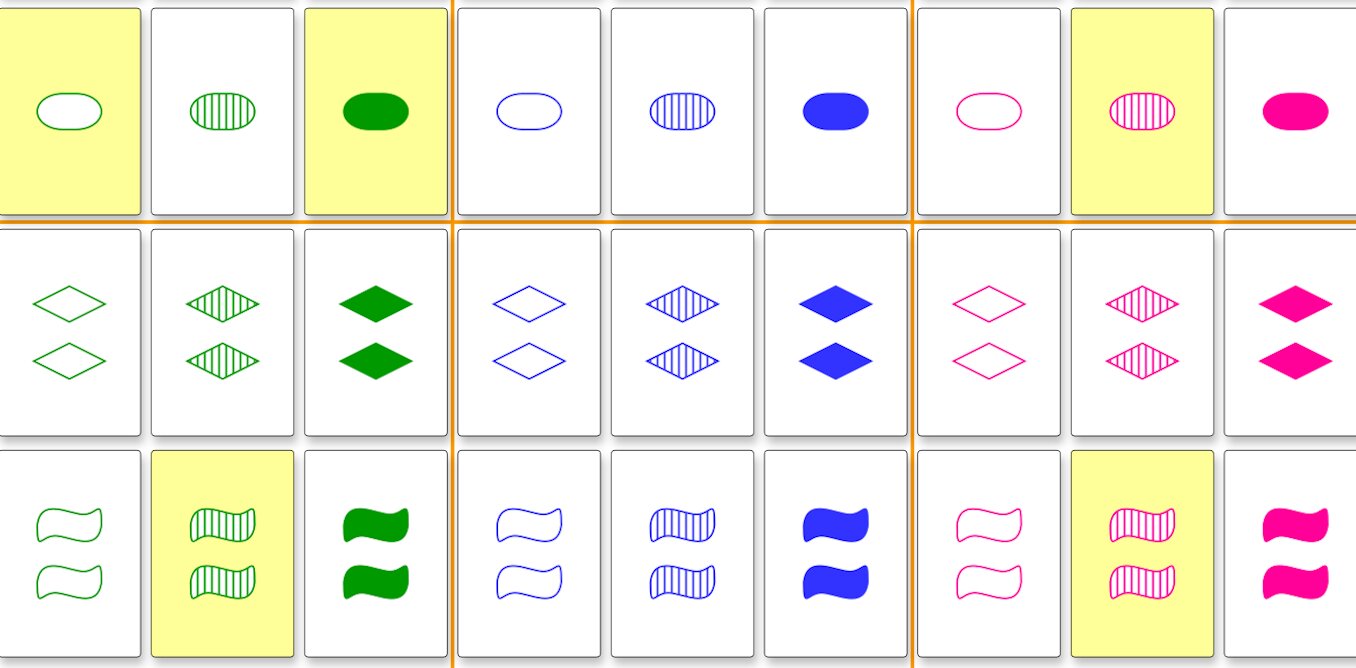
My search for the mysterious missing secretary who shaped chatbot history
The Massachusetts Institute of Technology's (MIT) Distinctive Collections archive is quiet while the blizzard blows outside. Silence seems to be accumulating with the falling snow. I am the only researcher in the archive, but there is a voice that I am straining to hear.
phys.org : computer-sciences
Novel quantum algorithm proposed for high-quality solutions to combinatorial optimization problems
Combinatorial optimization problems (COPs) have applications in many different fields such as logistics, supply chain management, machine learning, material design and drug discovery, among others, for finding the optimal solution to complex problems. These problems are usually very computationally intensive using classical computers and thus solving COPs using quantum computers has attracted significant attention from both academia and industry.
phys.org : computer-sciences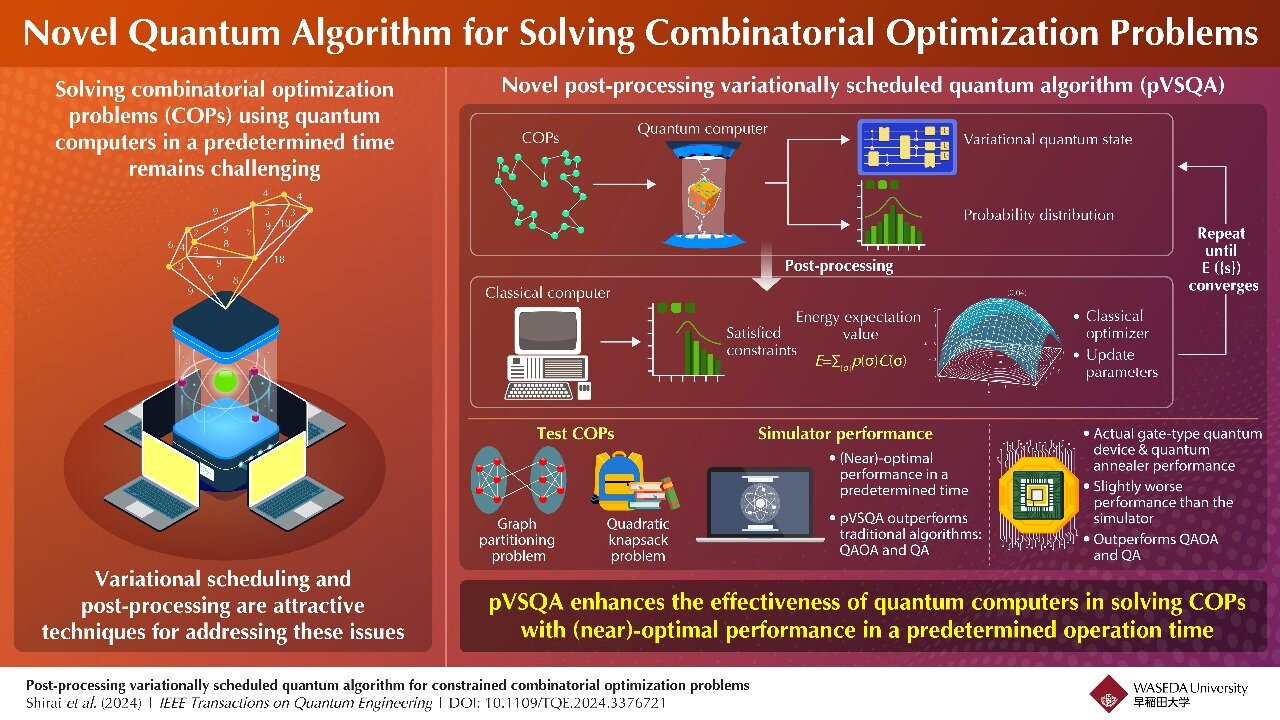
Large language models use a surprisingly simple mechanism to retrieve some stored knowledge
Large language models, such as those that power popular artificial intelligence chatbots like ChatGPT, are incredibly complex. Even though these models are being used as tools in many areas, such as customer support, code generation, and language translation, scientists still don't fully grasp how they work.
phys.org : computer-sciences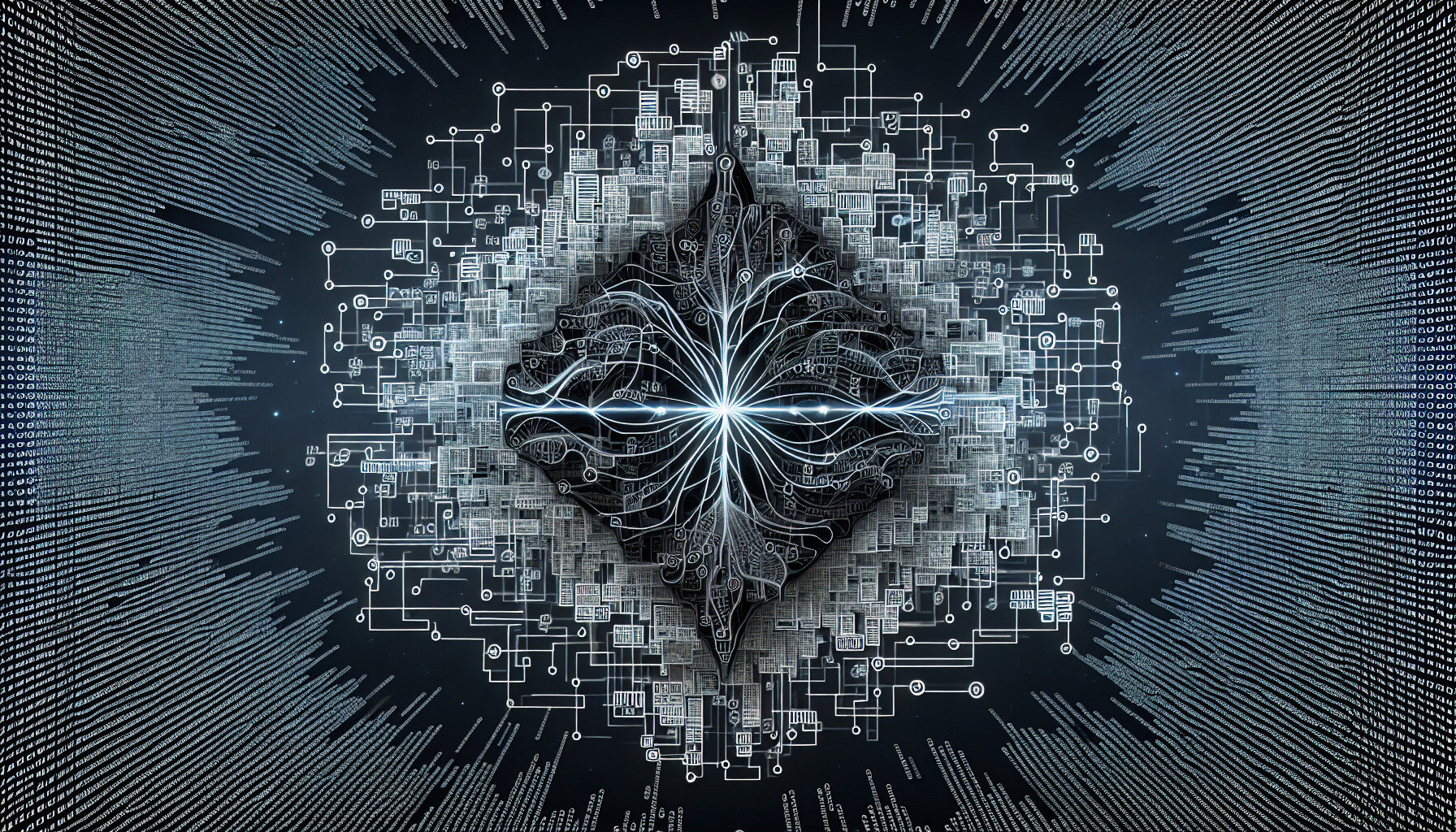
Top computer scientists say the future of artificial intelligence is similar to that of Star Trek
Leading computer scientists from around the world have shared their vision for the future of artificial intelligence—and it resembles the capabilities of Star Trek character "The Borg."
phys.org : computer-sciences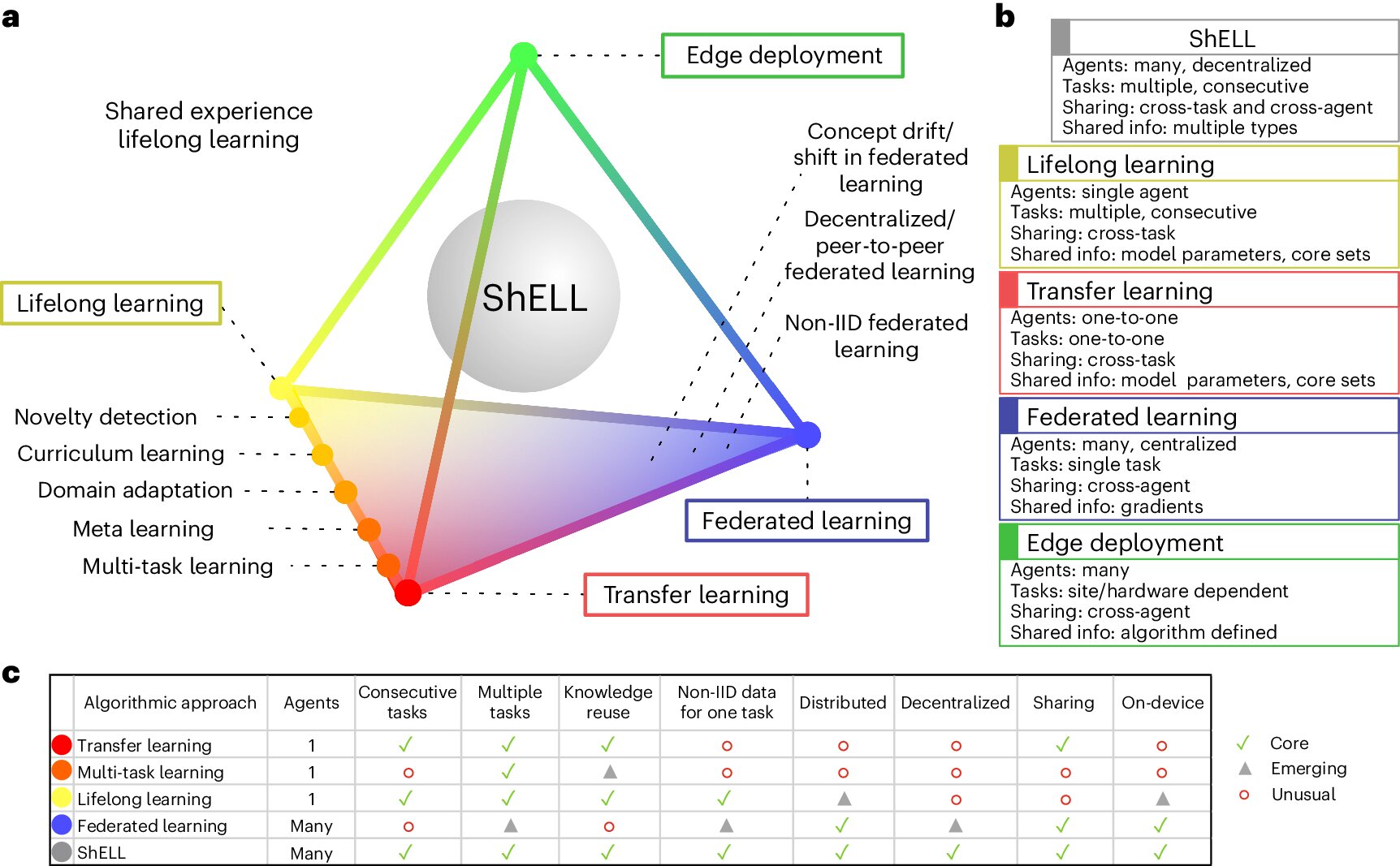
Cogeneration of innovative audio-visual content: A new challenge for computing art
Walter Benjamin came up with aura and authenticity in "The Work of Art in the Age of Mechanical Reproduction" in 1936 to describe the value of original artworks created by artists instead of mechanical copies. He wanted to defend artificiality and support traditional fine arts.
phys.org : computer-sciences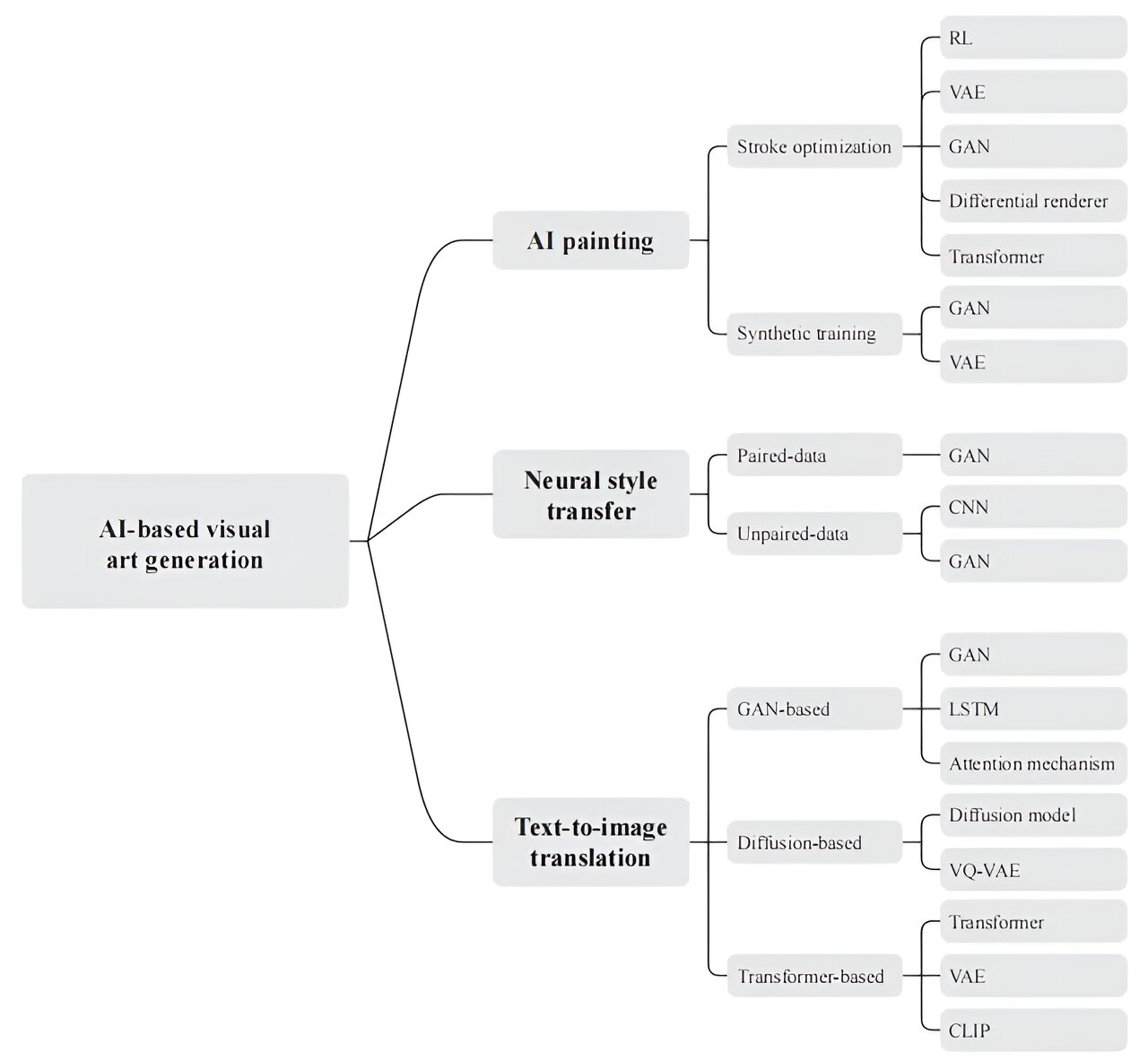
A method to enhance the planning of missions completed by multiple UAVs
Unmanned aerial vehicles (UAVs), also known as drones, have already proved to be valuable tools for tackling a wide range of real-world problems, ranging from the monitoring of natural environments and agricultural plots to search and rescue missions and the filming of movie scenes from above. So far, most of these problems have been tackled using one drone at a time, rather than teams of multiple autonomous or semi-autonomous UAVs.
phys.org : computer-sciences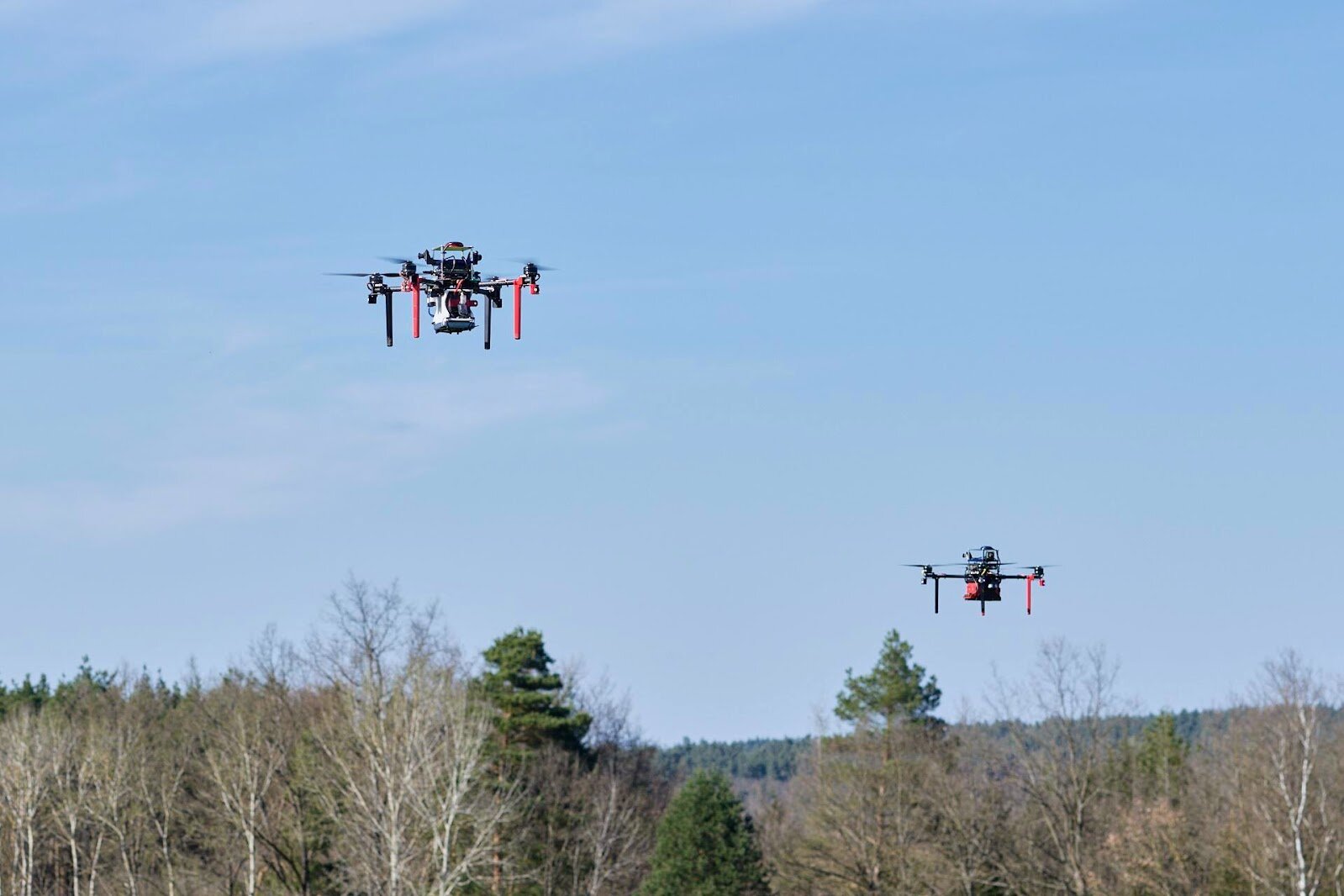
AI generates high-quality images 30 times faster in a single step
In our current age of artificial intelligence, computers can generate their own "art" by way of diffusion models, iteratively adding structure to a noisy initial state until a clear image or video emerges.
phys.org : computer-sciences
Researchers create adaptive classification method for electronic music
A new method for classifying electronic music has been developed by researchers in China. The approach offers a novel solution in an age of exploding digital content to curating music libraries and streaming services.
phys.org : computer-sciences
'Empathetic' AI has more to do with psychopathy than emotional intelligence—but we should treat machines ethically
AI has long since surpassed humans in cognitive matters that were once considered the supreme disciplines of human intelligence like chess or Go. Some even believe it is superior when it comes to human emotional skills such as empathy. This does not just seem to be some companies' talking big for marketing reasons; empirical studies suggest that people perceive ChatGPT in certain health situations as more empathic than human medical staff. Does this mean that AI is really empathetic?
phys.org : computer-sciences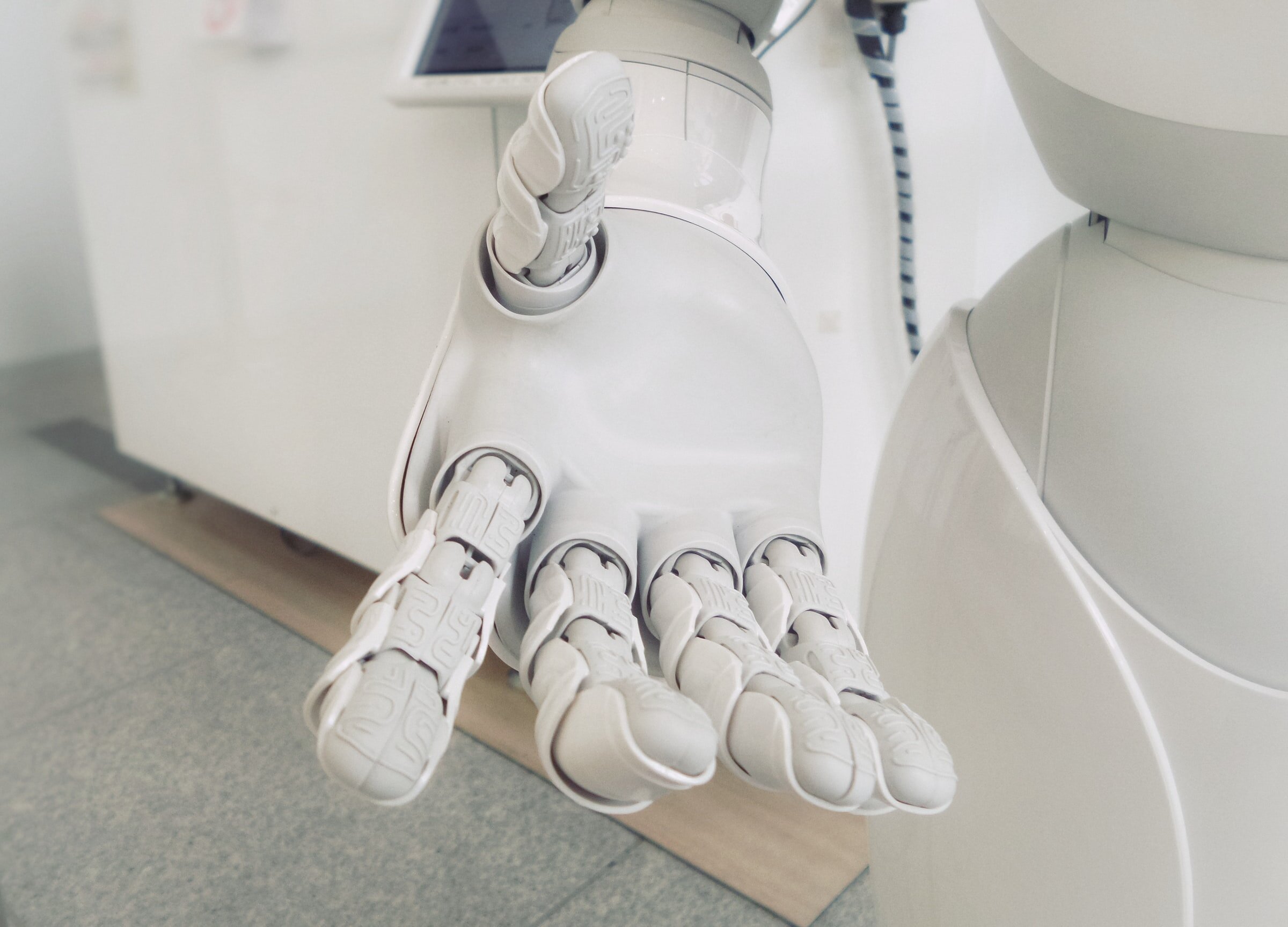
Quiet-STaR algorithm allows chatbot to think over its possible answer before responding
A collaboration between AI researchers at Stanford University and Notbad AI Inc. has resulted in the development of an algorithm that allows current chatbots to mull over possible responses to a query before giving its final answer. The team has published a paper on the arXiv preprint server describing their new approach and how well their algorithm worked when paired with an existing chatbot.
phys.org : computer-sciences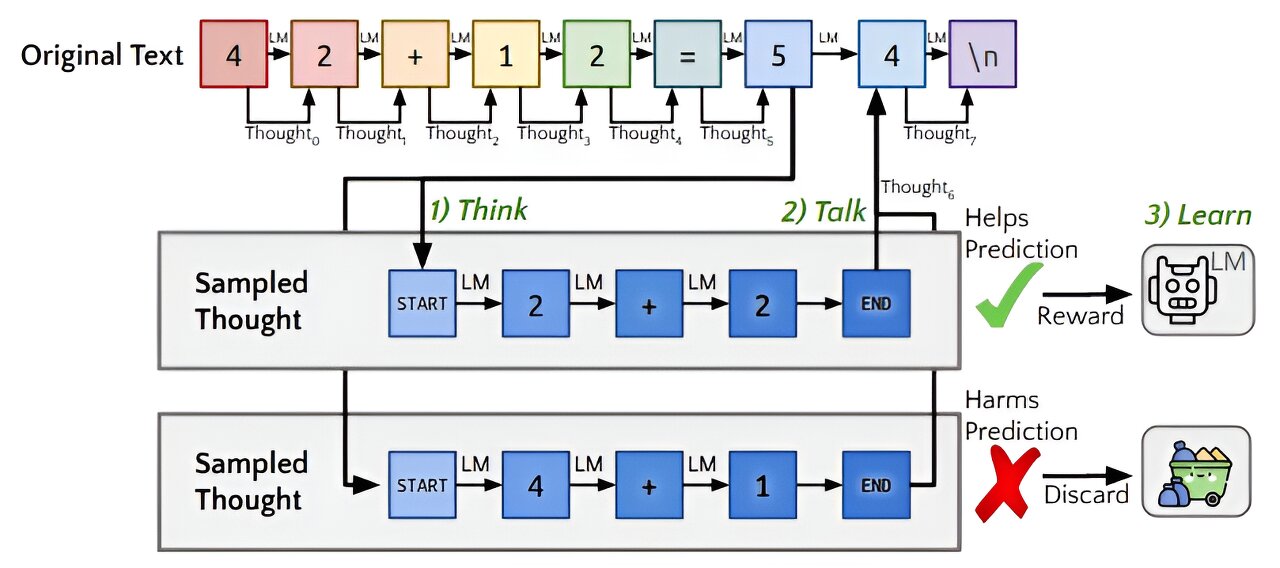
How long you got? Danish AI algorithm aims to predict life, and death
Researchers in Denmark are harnessing artificial intelligence and data from millions of people to help anticipate the stages of an individual's life all the way to the end, hoping to raise awareness of the technology's power, and its perils.
phys.org : computer-sciences
New survey on deep learning solutions for cellular traffic prediction
The bustling streets of a modern city are filled with countless individuals using their smartphones for streaming videos, sending messages and browsing the web. In the era of rapidly expanding 5G networks and the omnipresence of mobile devices, the management of cellular traffic has become increasingly complex.
phys.org : computer-sciences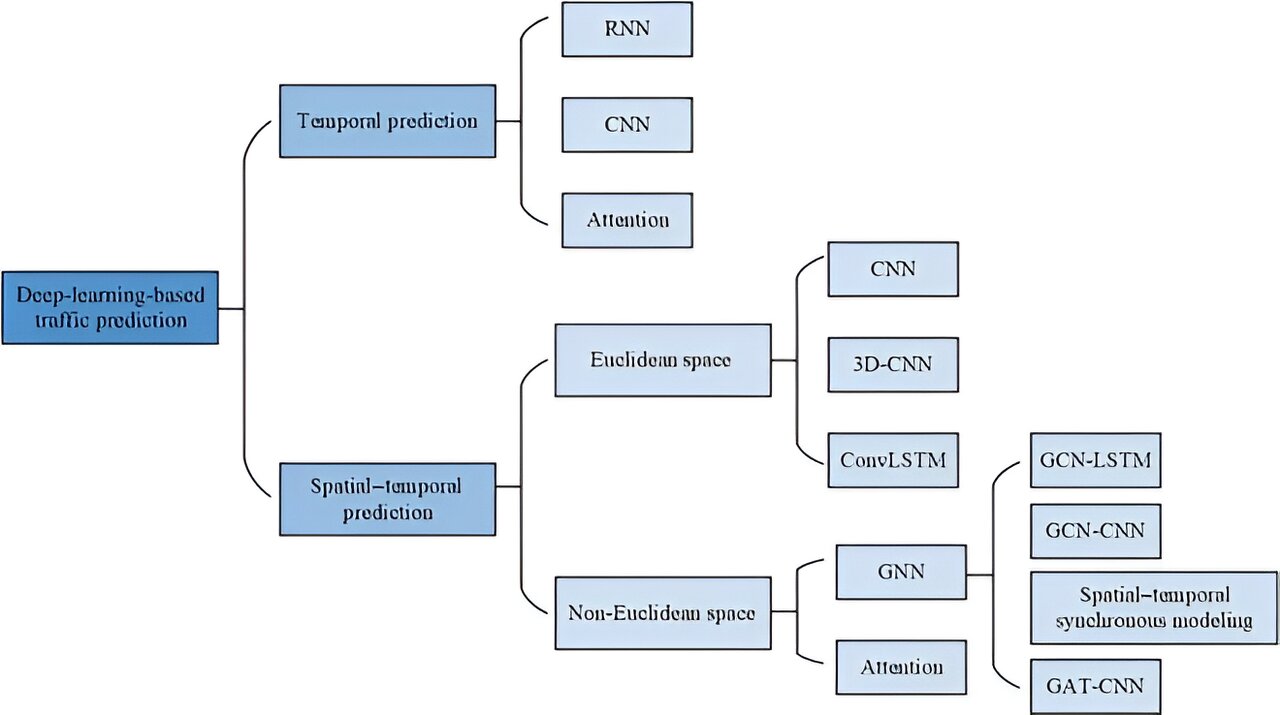
Introducing Floorlocator, a system that enhances indoor navigation
Indoor positioning is transforming with applications demanding precise location tracking. Traditional methods, including fingerprinting and sensor-based techniques, though widely used, face significant drawbacks, such as the need for extensive training data, poor scalability, and reliance on additional sensor information. Recent advancements have sought to leverage deep learning, yet issues such as low scalability and high computational costs remain unaddressed.
phys.org : computer-sciences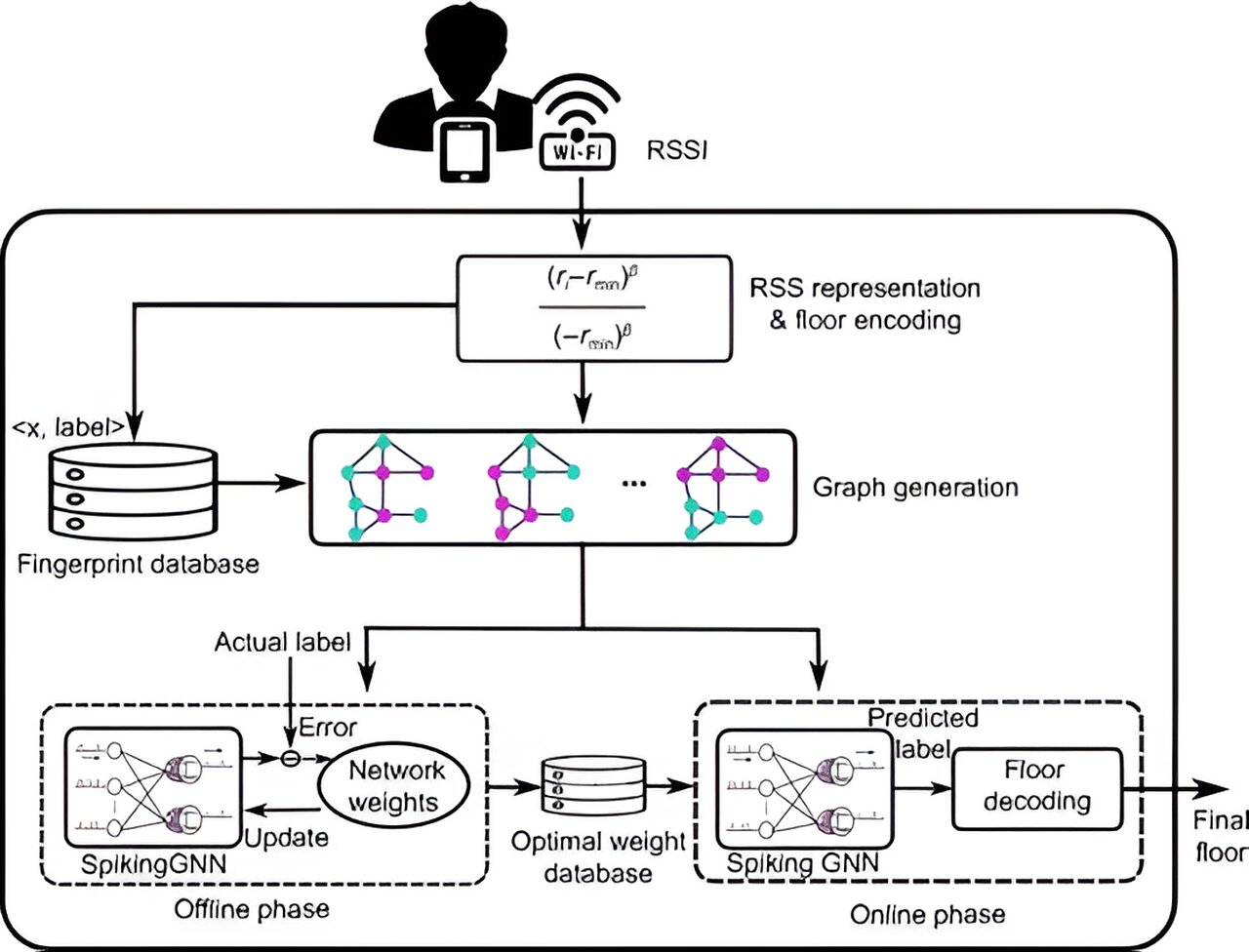
New method uses classical computers to check accuracy of complex quantum systems
Quantum computers of the future may ultimately outperform their classical counterparts to solve intractable problems in computer science, medicine, business, chemistry, physics, and other fields. But the machines are not there yet: They are riddled with inherent errors, which researchers are actively working to reduce.
phys.org : computer-sciences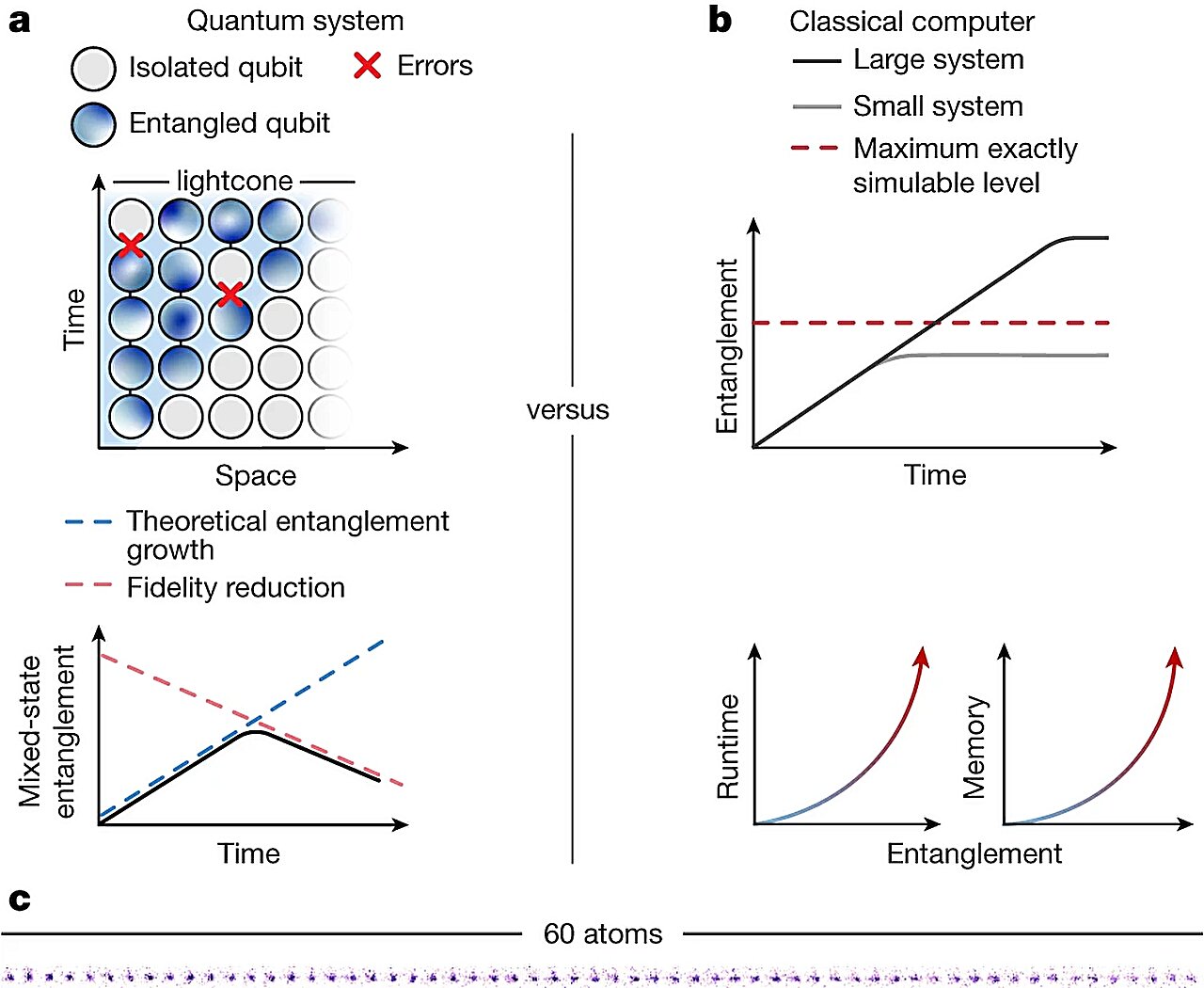
Who wrote this? Engineers discover novel method to identify AI-generated text
Computer scientists at Columbia Engineering have developed a transformative method for detecting AI-generated text. Their findings promise to revolutionize how we authenticate digital content, addressing mounting concerns surrounding large language models (LLMs), digital integrity, misinformation, and trust.
phys.org : computer-sciences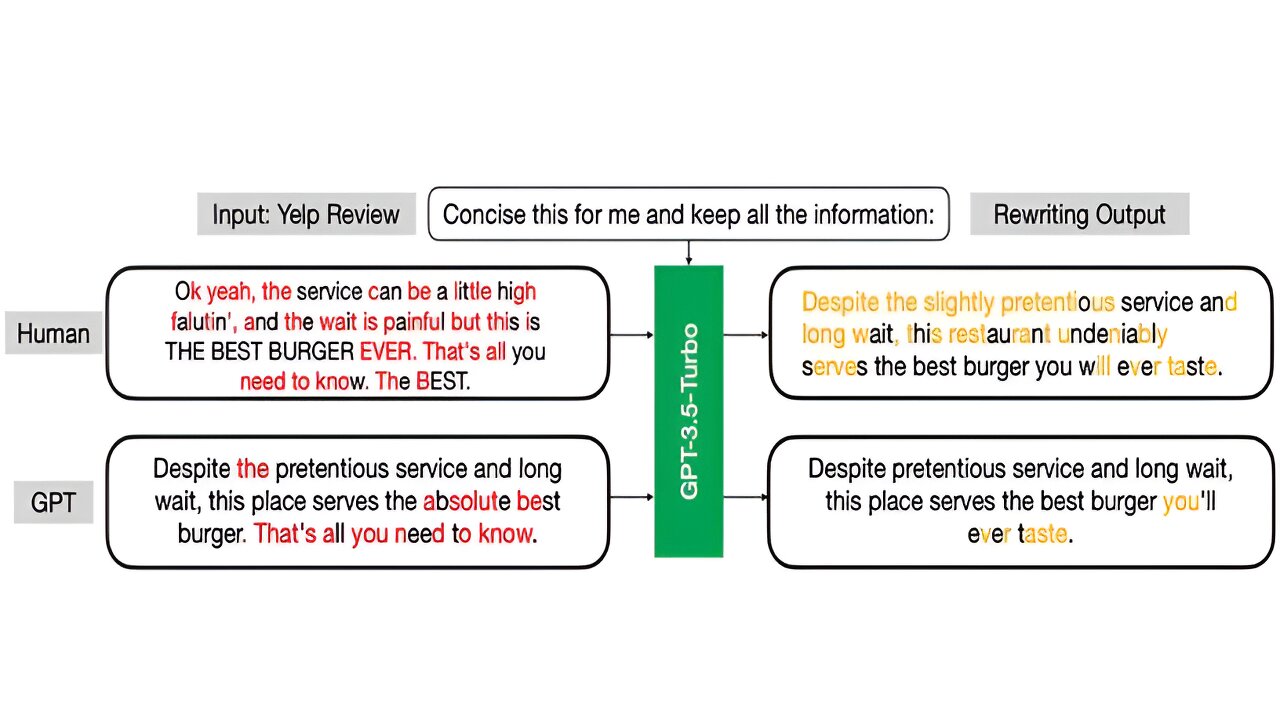
Training artificial neural networks to process images from a child's perspective
Psychology studies have demonstrated that by the age of 4–5, young children have developed intricate visual models of the world around them. These internal visual models allow them to outperform advanced computer vision techniques on various object recognition tasks.
phys.org : computer-sciences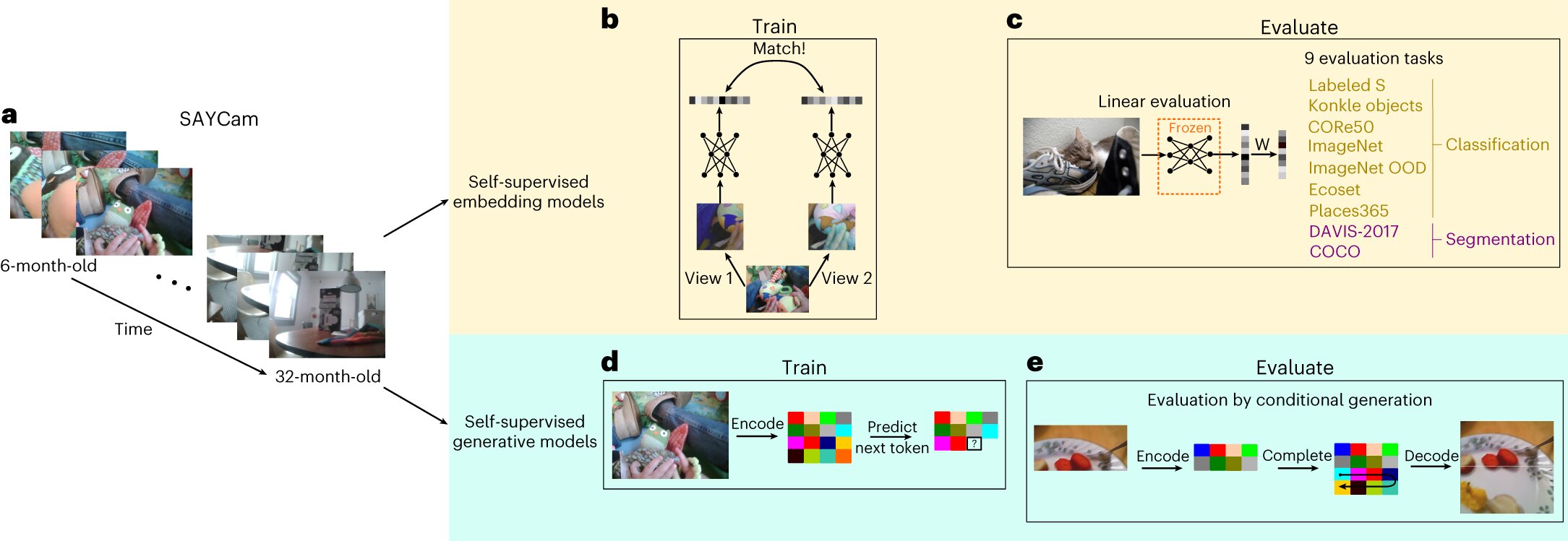
Machine learning, quantum computing may transform health care, including diagnosing pneumonia
Pneumonia, an infection in the lungs that causes difficulty breathing, is most commonly diagnosed through chest X-rays. Typically, those chest X-rays are read by radiologists, but workforce shortages mean that in the future, it could be harder to get a diagnosis in a timely manner.
phys.org : computer-sciences
Artificial nanofluidic synapses can store computational memory
Memory, or the ability to store information in a readily accessible way, is an essential operation in computers and human brains. A key difference is that while brain information processing involves performing computations directly on stored data, computers shuttle data back and forth between a memory unit and a central processing unit (CPU). This inefficient separation (the von Neumann bottleneck) contributes to the rising energy cost of computers.
phys.org : computer-sciences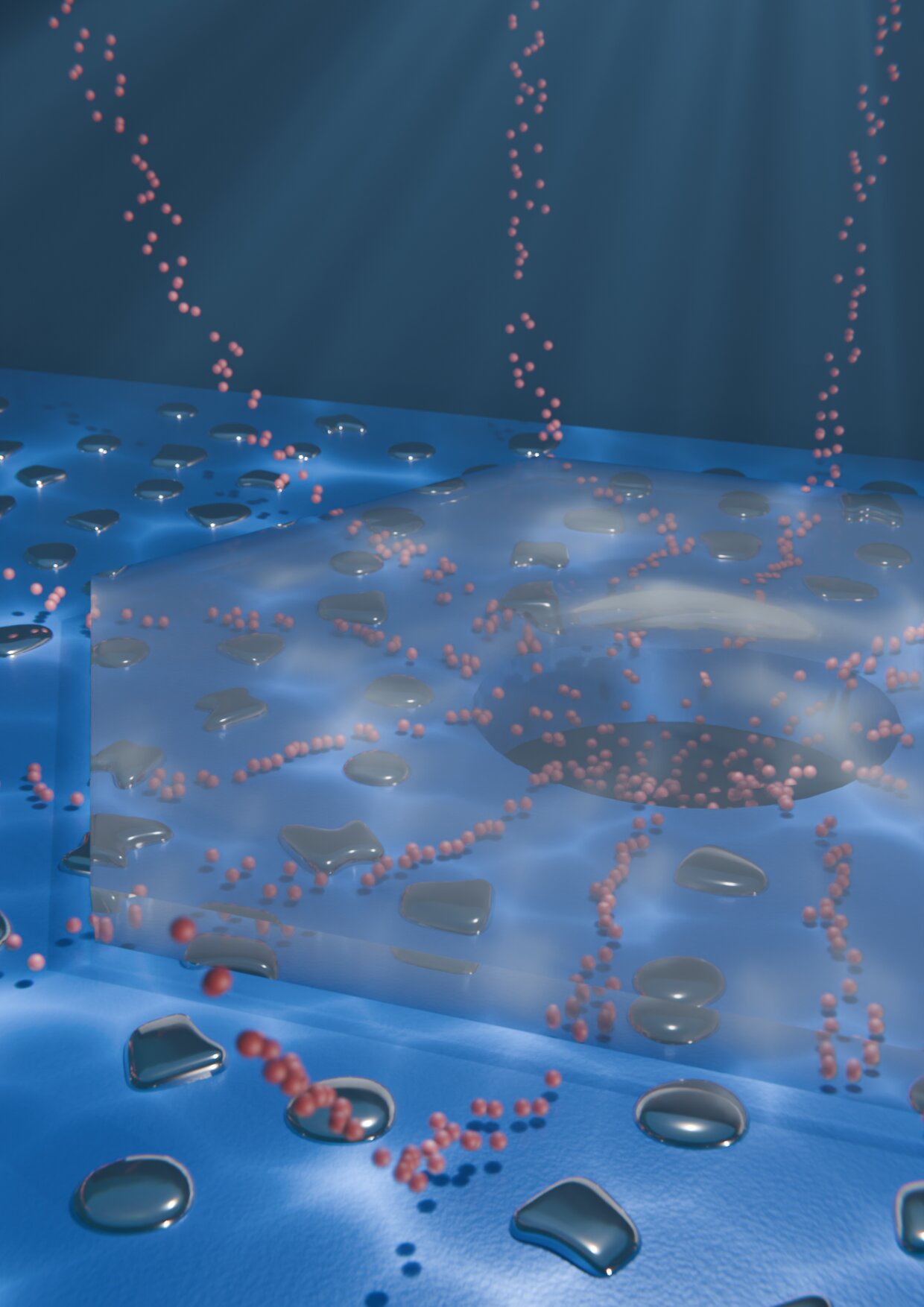
Pixel perfect: Engineers' new approach brings images into focus
Johns Hopkins researchers have developed an efficient new method to turn blurry images into clear, sharp ones. Called Progressively Deblurring Radiance Field (PDRF), this approach deblurs images 15 times faster than previous methods while also achieving better results on both synthetic and real scenes.
phys.org : computer-sciencesNew algorithm unlocks high-resolution insights for computer vision
Imagine yourself glancing at a busy street for a few moments, then trying to sketch the scene you saw from memory. Most people could draw the rough positions of the major objects like cars, people, and crosswalks, but almost no one can draw every detail with pixel-perfect accuracy. The same is true for most modern computer vision algorithms: They are fantastic at capturing high-level details of a scene, but they lose fine-grained details as they process information.
phys.org : computer-sciences

